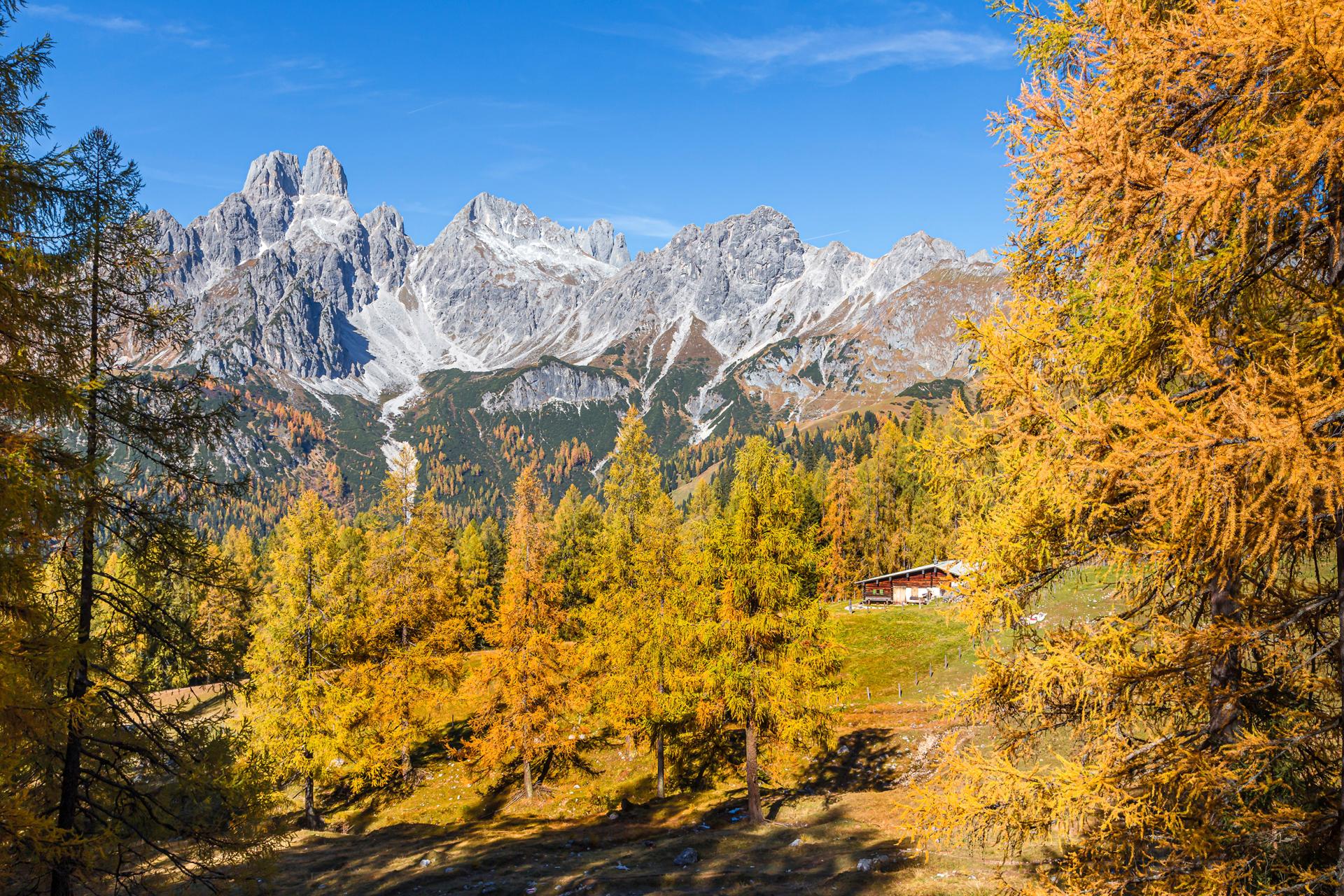As the days are much shorter at this time of year than in summer, shorter routes are recommended. You should also consider the time of departure and return after sunrise or sunset so that you don't have to make your way back in the dark. You should always have a headlamp and/or torch with you for safety!
There are a few things to consider when hiking in autumn. From the right clothing to route planning and catering. How to get through autumn safely.
CONSIDER SHORTER DAYS
EQUIPMENT FOR COLDER DAYS
Autumn not only brings shorter days, but also colder ones. Especially in the mountains at higher altitudes, it can sometimes be frosty. This is why equipment adapted to the cooler temperatures plays a particularly important role.
Warm clothing:
When hiking in autumn, the onion look is the order of the day, i.e. you dress according to the layering principle: underwear is followed by a warming layer such as a fleece jumper. If the weather forecast is good, a windproof jacket should be worn on top. If the forecast is changeable, a hard shell jacket is recommended to keep out snow and rain. A hat and light gloves should also be in your rucksack.
Sturdy footwear:
A good grip is particularly important for hiking boots in autumn, especially on wet and snowy passages. Frosty ground, wet leaves and damp rock increase the risk of slipping. High-quality hiking boots have a non-slip sole, a non-slip tread and provide the foot with support. For the rather damp and cool conditions in autumn, a shoe with a waterproof membrane is highly recommended.
PAY ATTENTION TO THE WEATHER FORECAST
Autumn often proves to be more stable than spring and summer with their unexpected weather changes. In changeable weather, however, you must bear in mind that rain in the valley can mean heavy snowfall a few hundred metres higher up.
In order to be properly prepared, you should always familiarise yourself with the conditions and adversities in the region in advance of the planned tour. This means checking the weather forecast, reading the situation report and taking altitude into account. In order to be prepared for a possible foggy spell, it is advisable to carry orientation aids (map, GPS device, tour apps).
Alpine tours in autumn
Where the tour becomes more alpine, you should expect icy patches and the first snowfields. Gaiters and crampons may sometimes be necessary. In any case, you should have sufficient experience in high alpine terrain.
HUT OPENING HOURS
The majority of huts and mountain pastures close their summer operations at the end of September or mid-October at the latest. You should therefore check the opening times of the huts before setting off on your tour! If in doubt, always pack enough water and provisions for an autumn hike.
More tips & stories
-
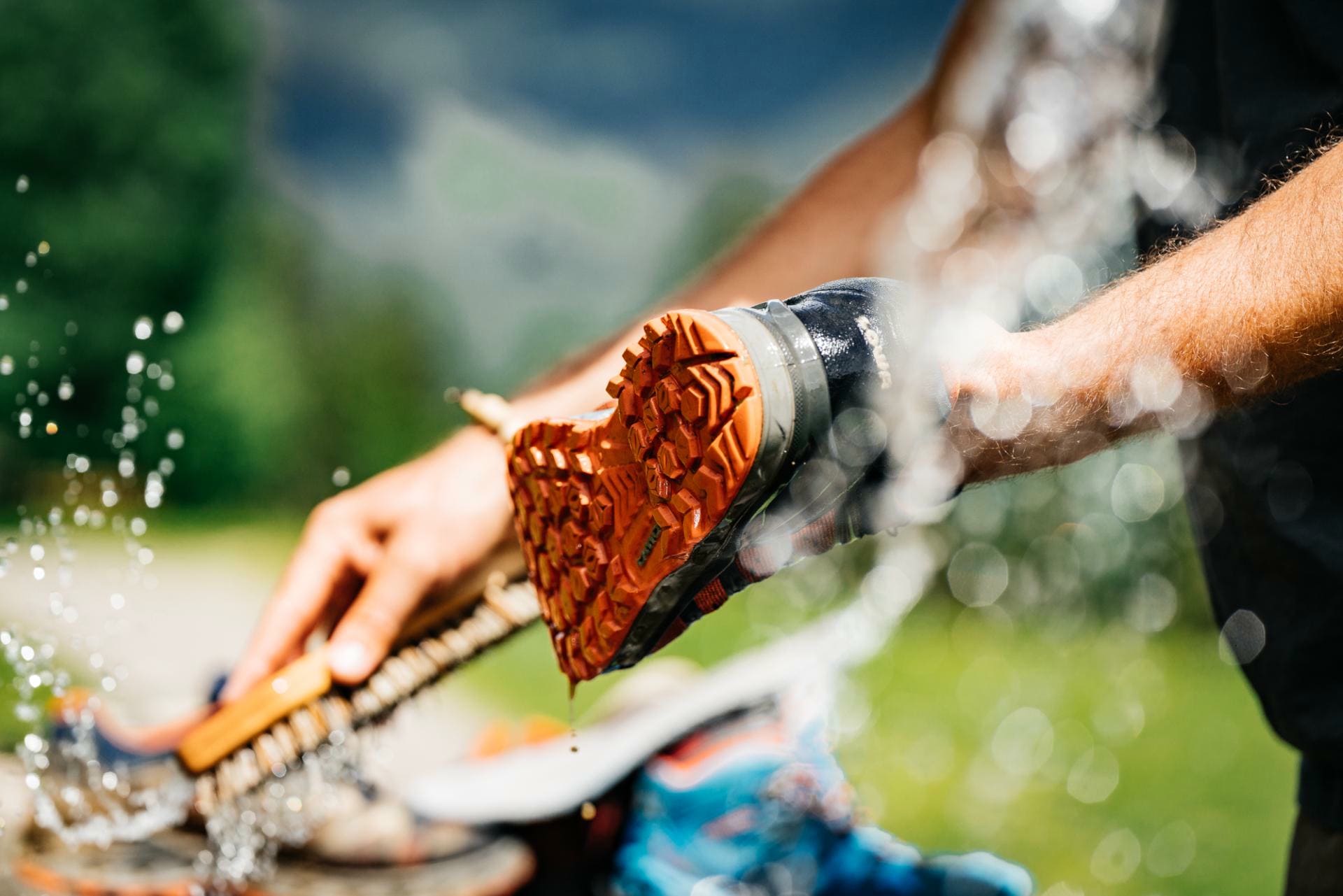 Care tipsMore
Care tipsMore -
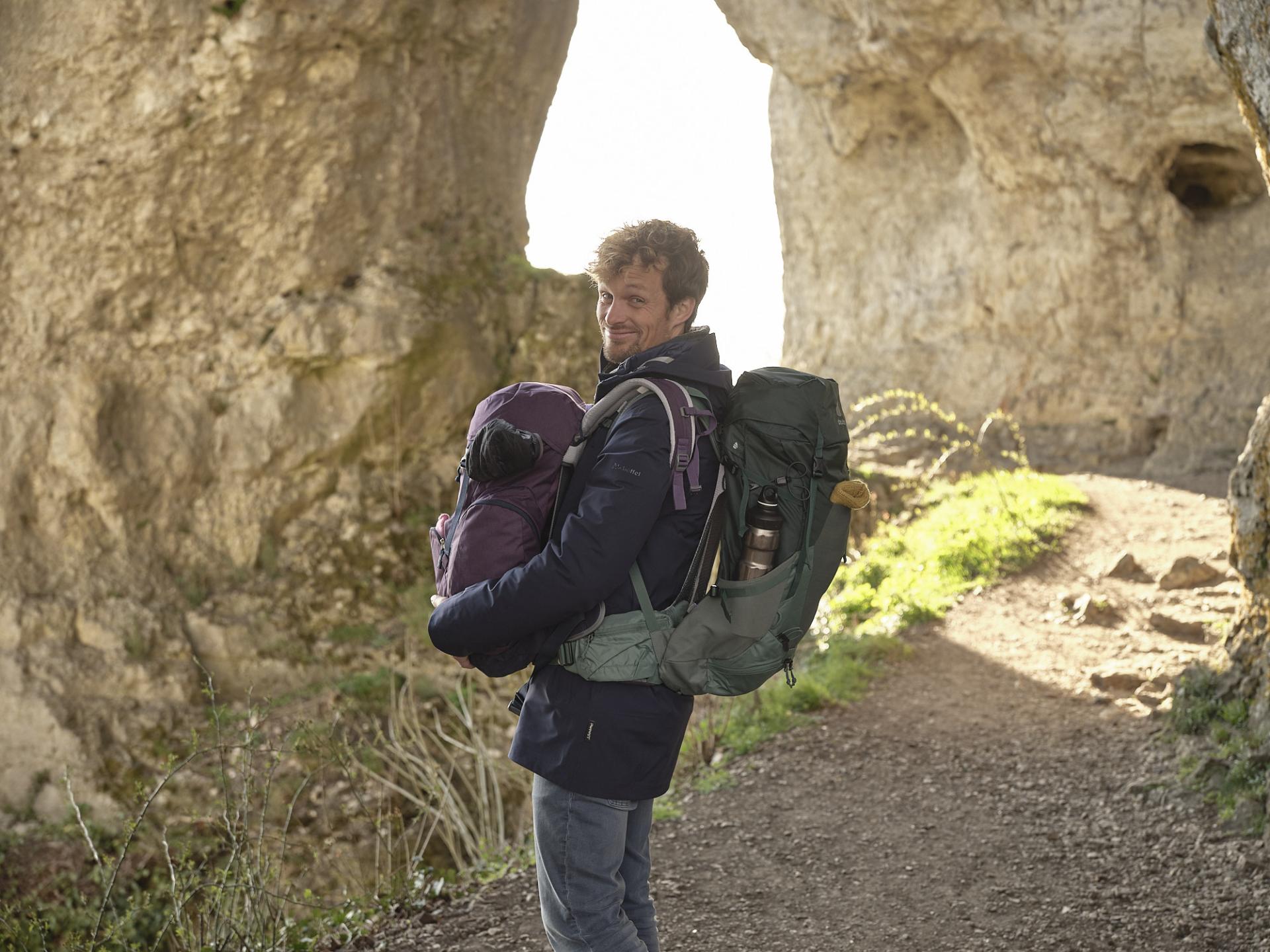 Equipment tipsMore
Equipment tipsMore -
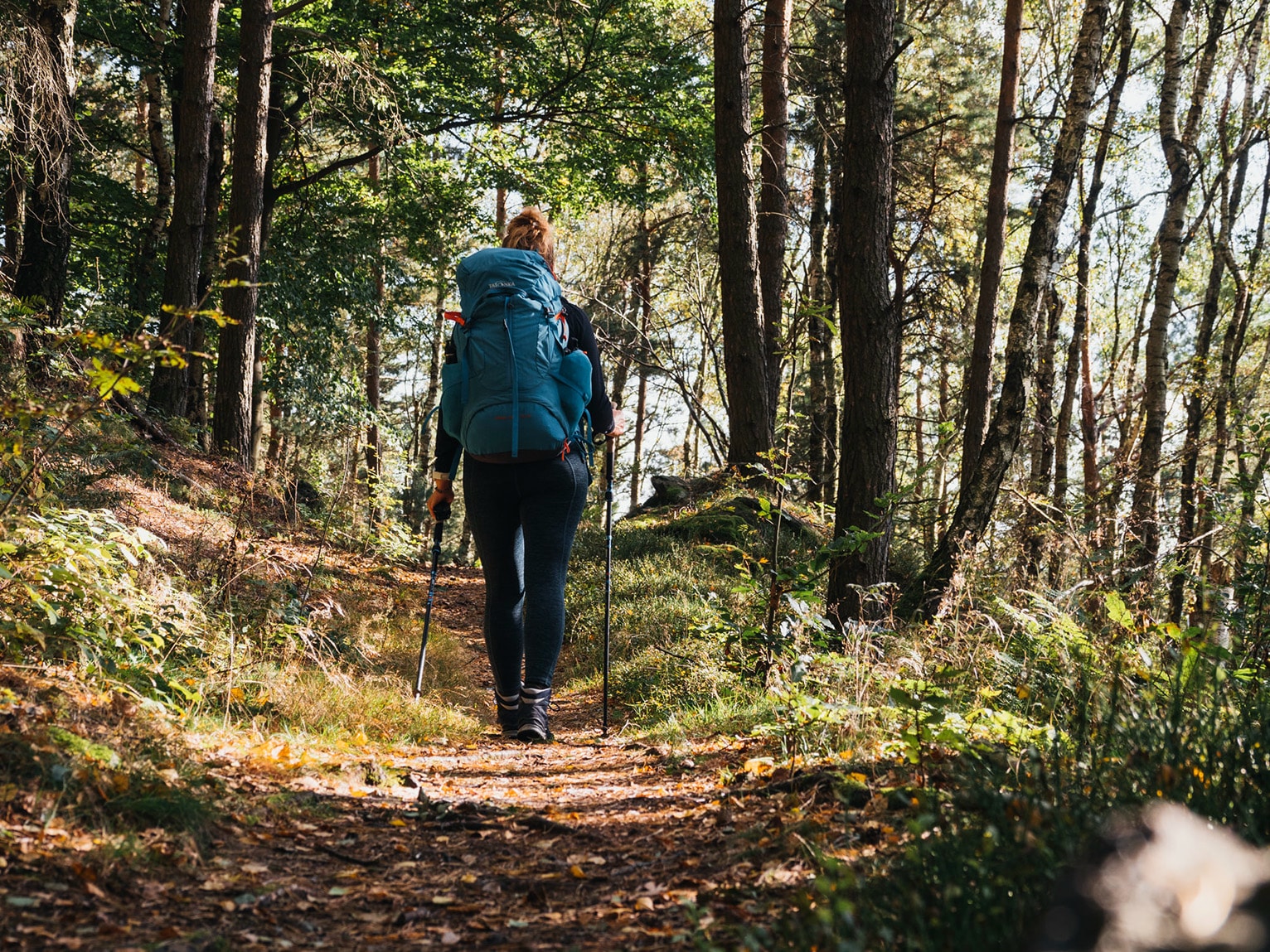 The first long-distance hike tips for beginnersMore
The first long-distance hike tips for beginnersMore -
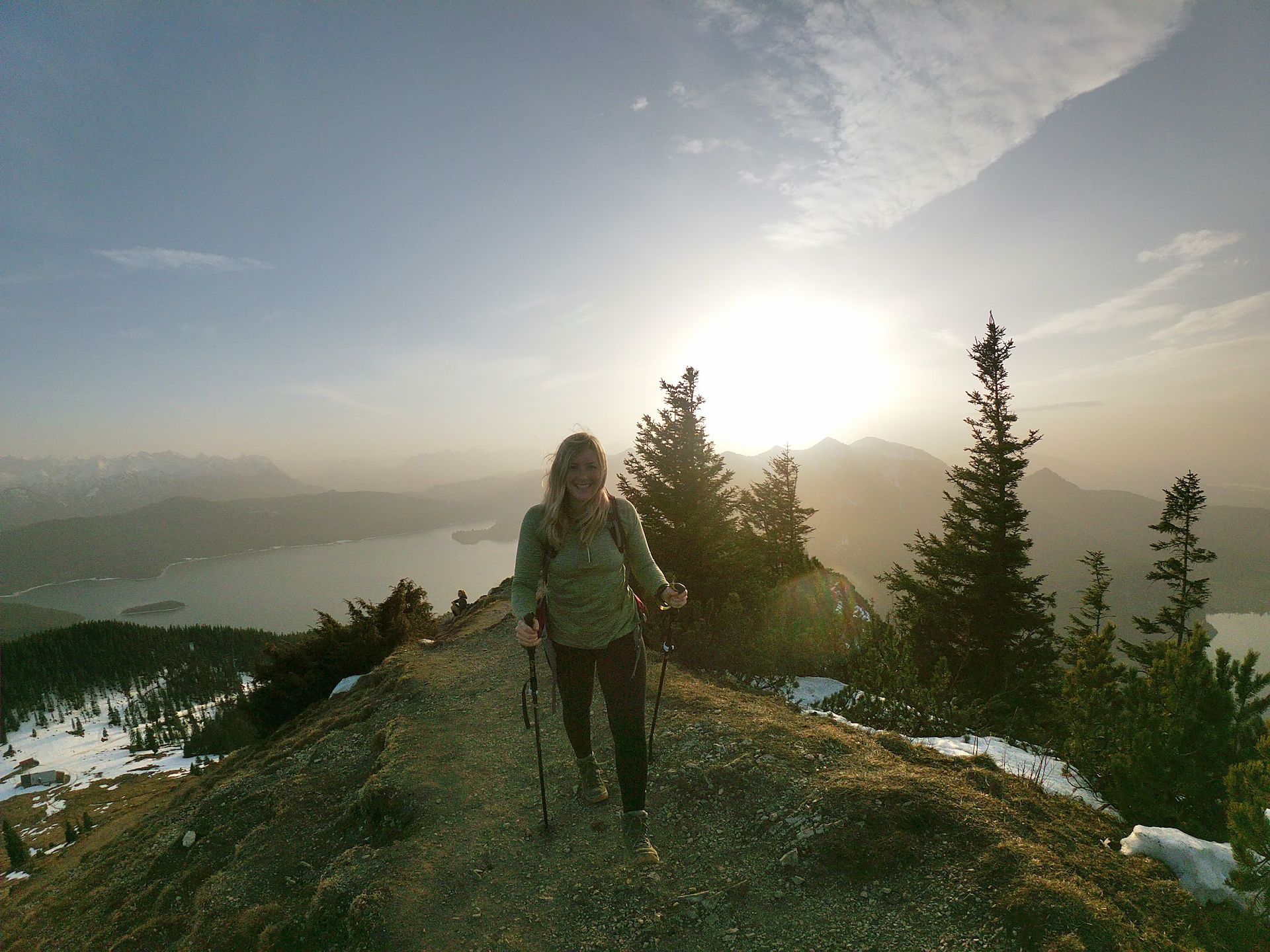 The microadventures of our adventurersMore
The microadventures of our adventurersMore -
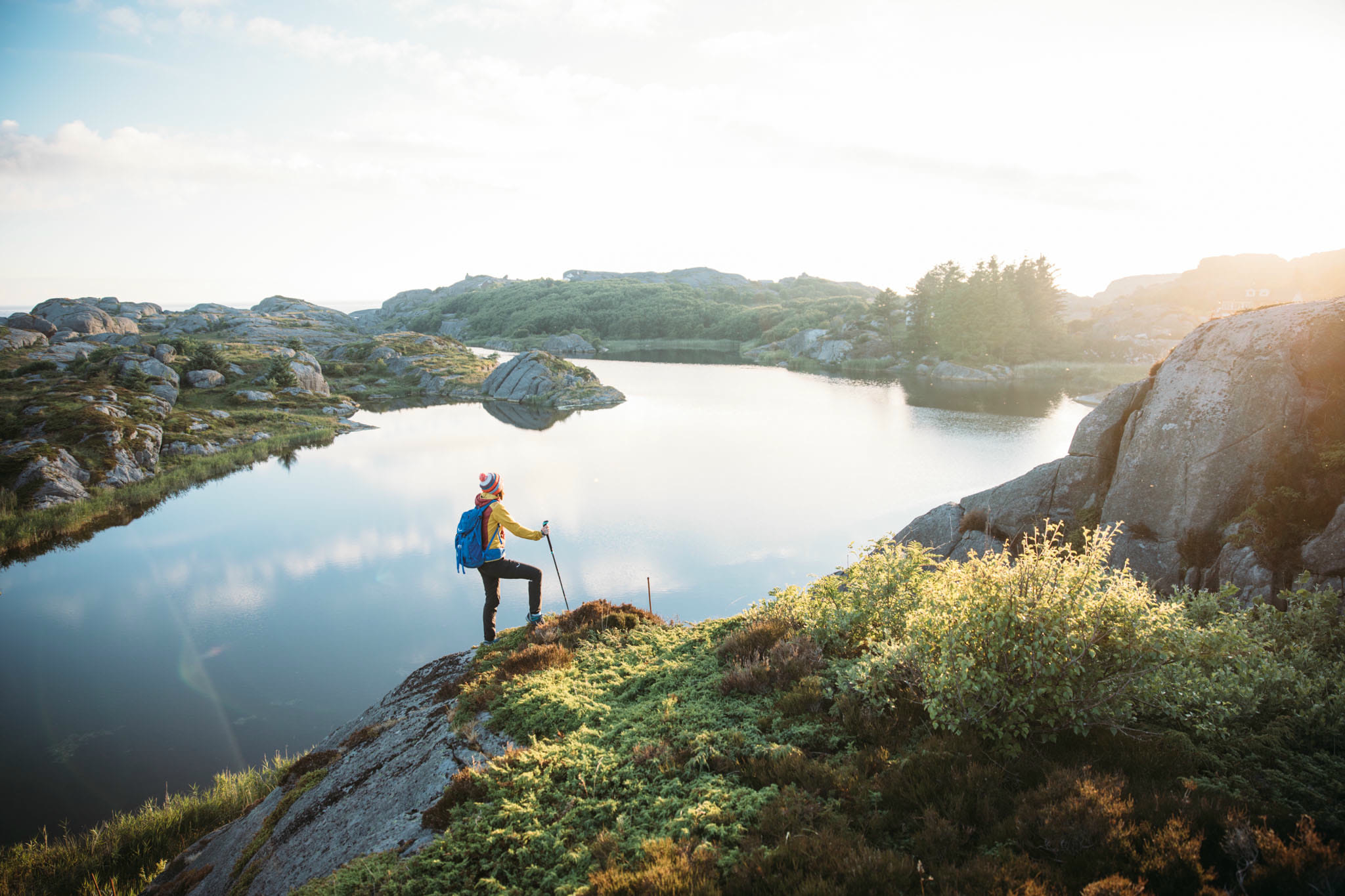 Hiking planning from A to ZMore
Hiking planning from A to ZMore -
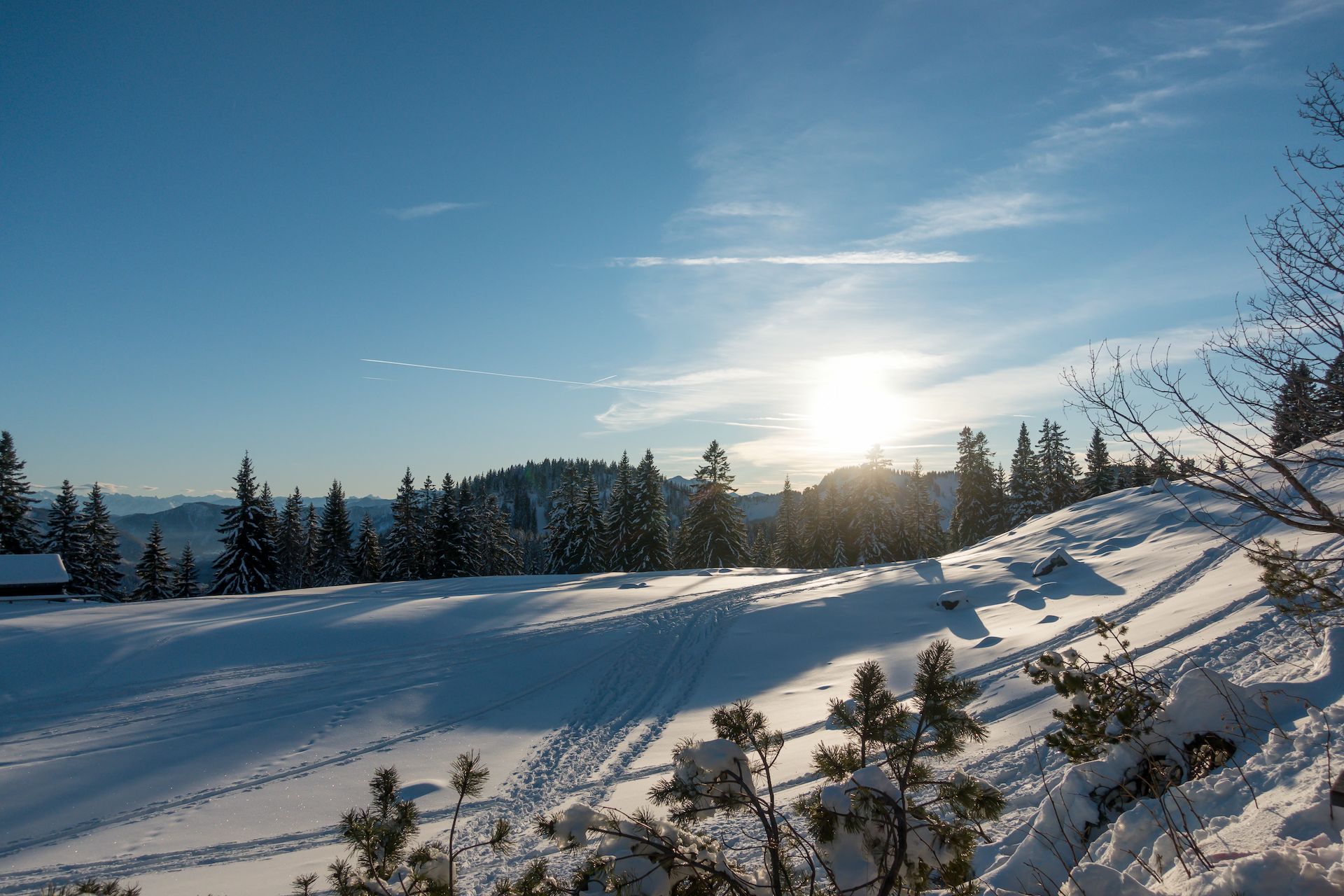 Stay fit through the winterMore
Stay fit through the winterMore -
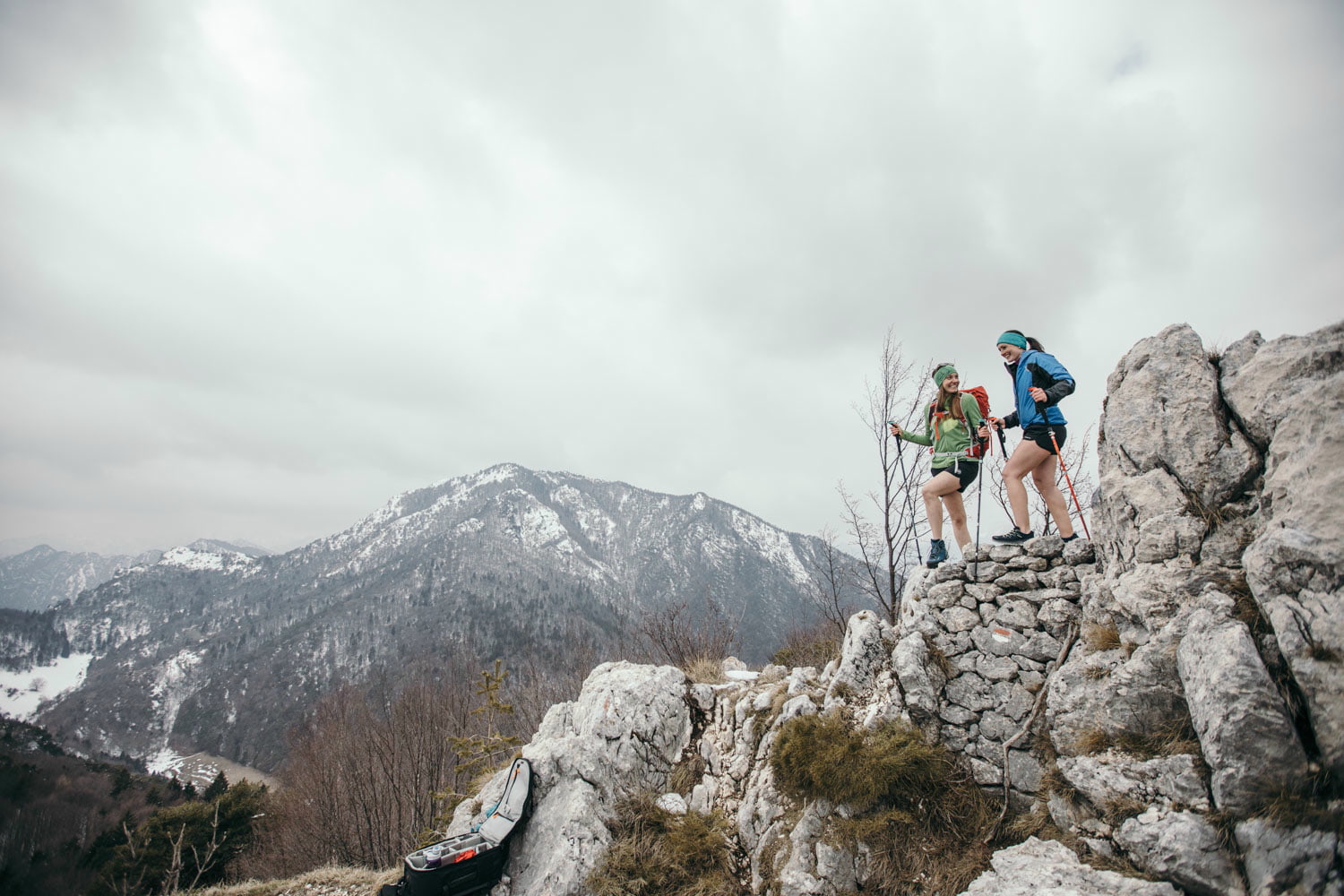 Women's hikesMore
Women's hikesMore -
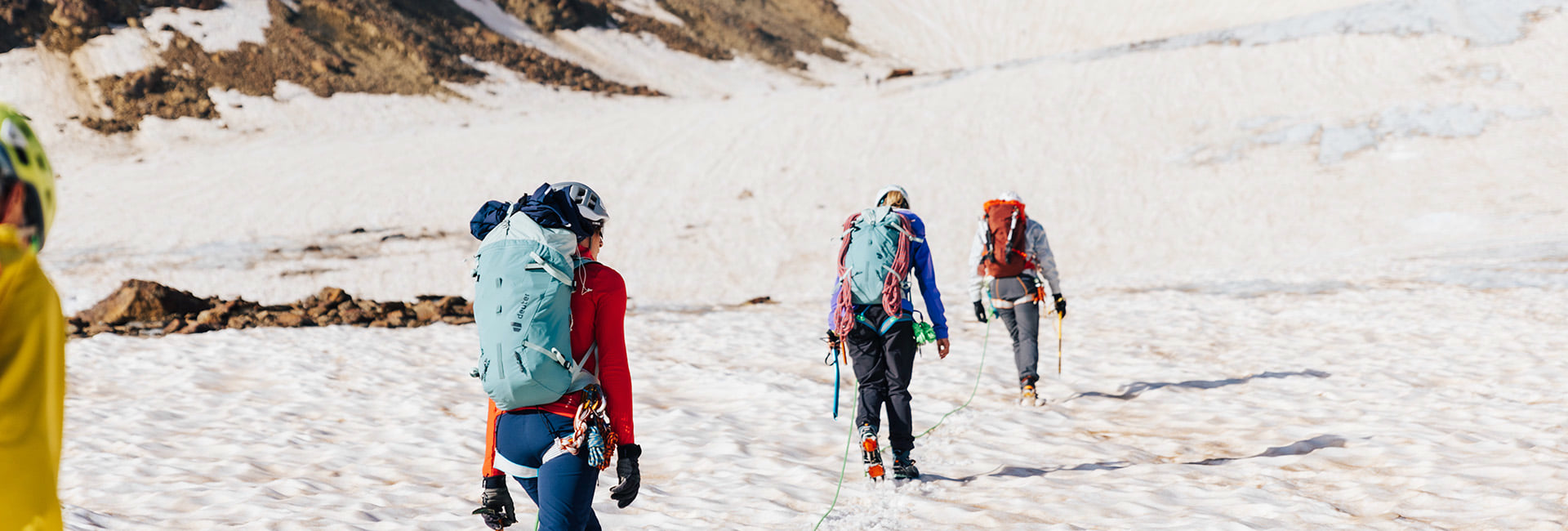 Mountaineering 101More
Mountaineering 101More -
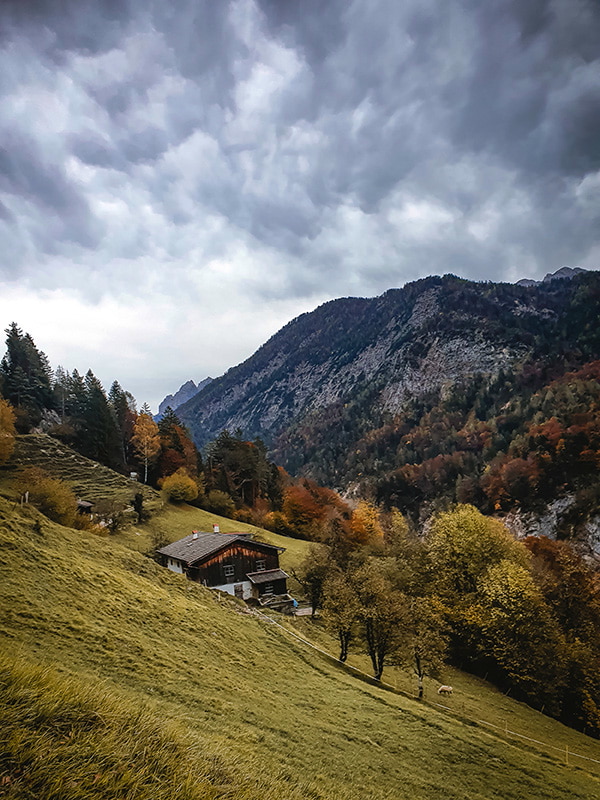 Hut hikesMore
Hut hikesMore -
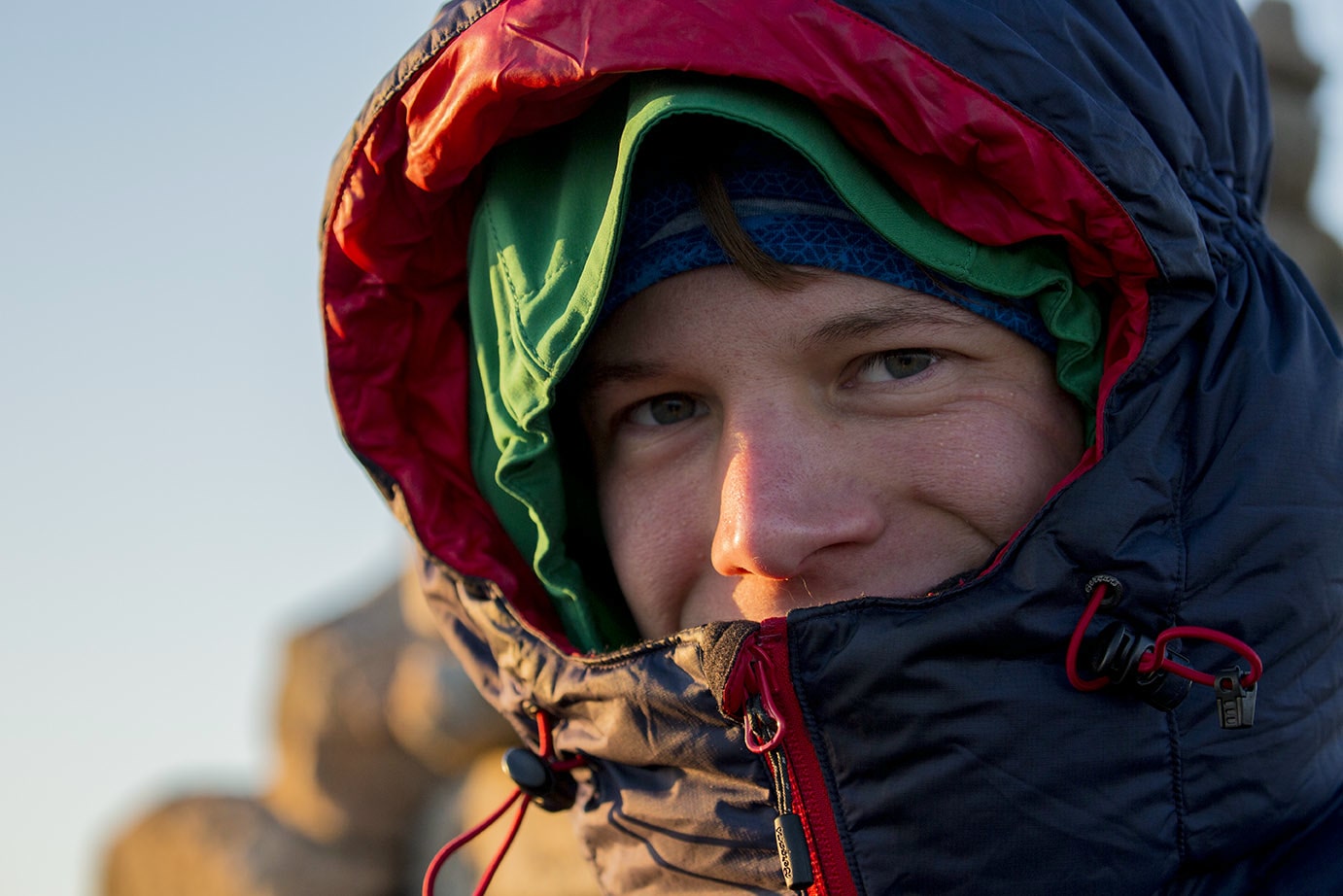 Clothing: Better too warm than too coldMore
Clothing: Better too warm than too coldMore -
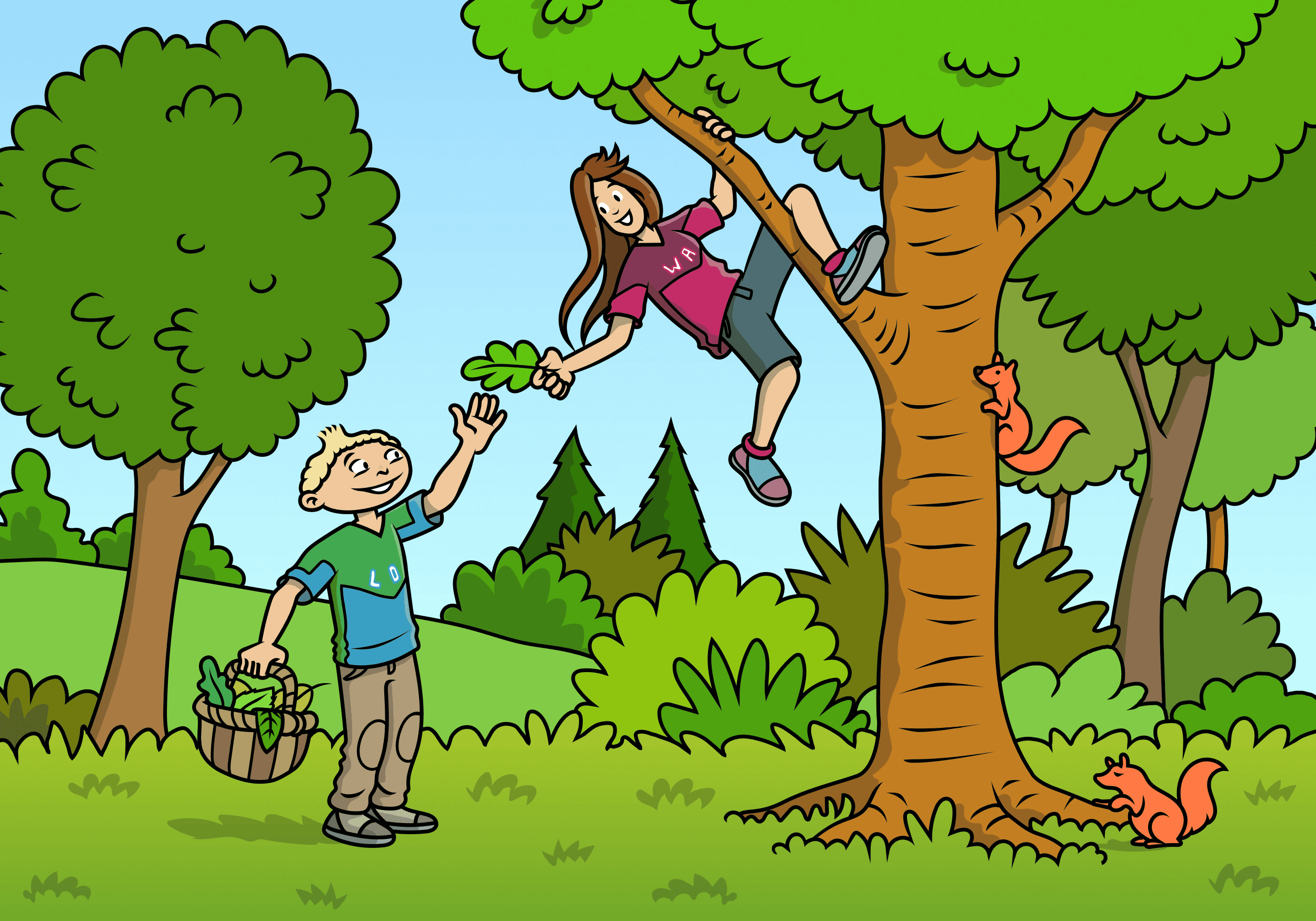 Discover nature with childrenMore
Discover nature with childrenMore -
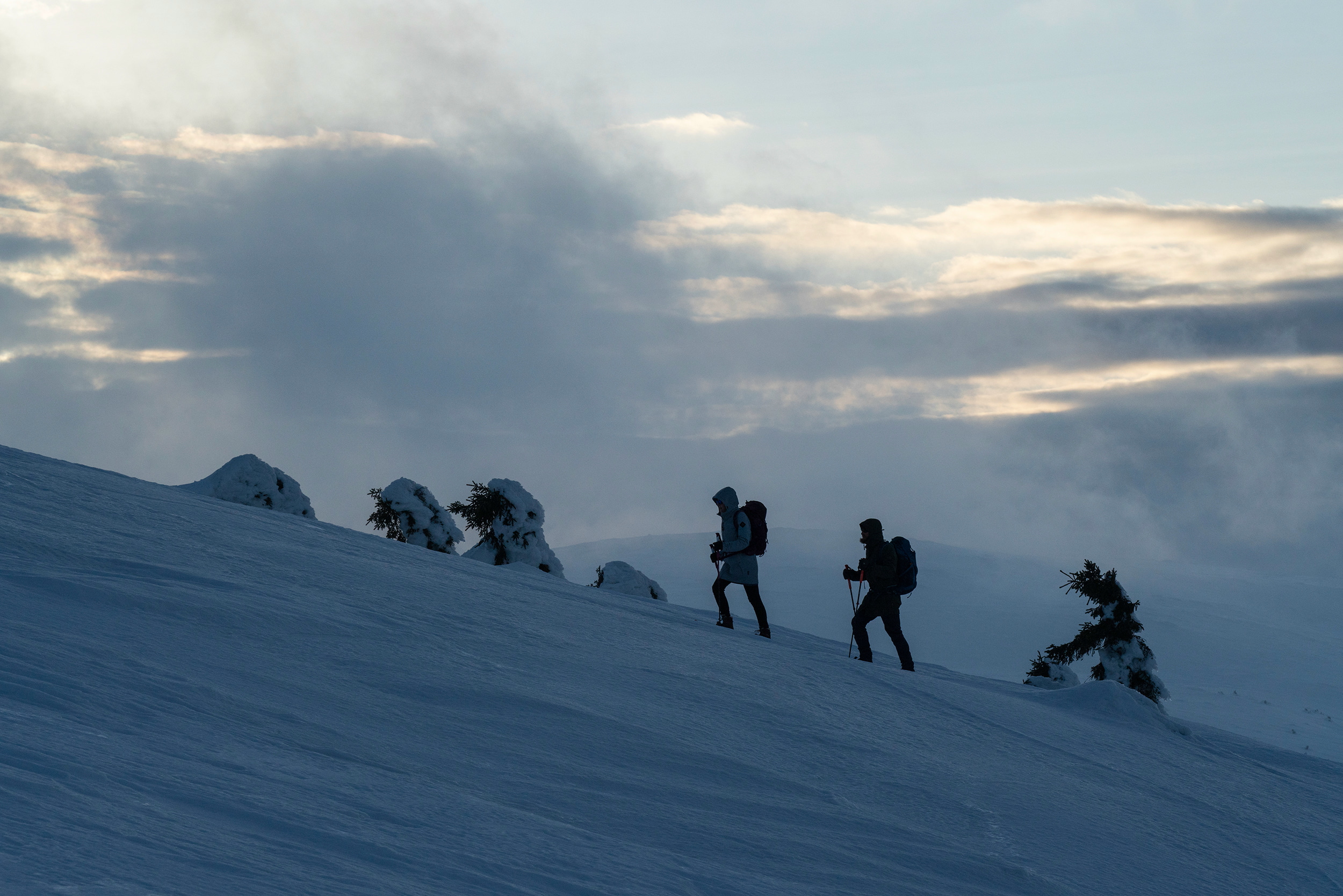 Winter hikesMore
Winter hikesMore -
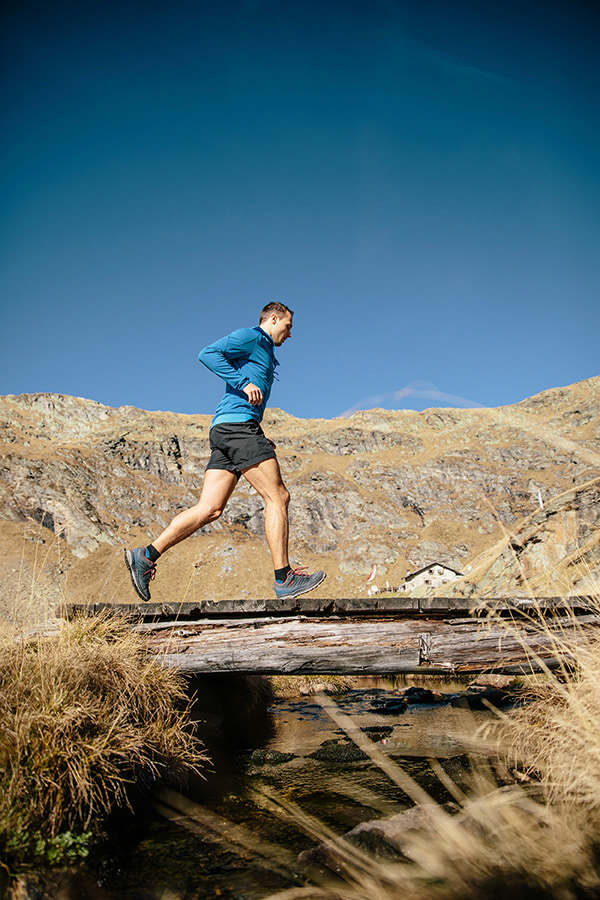 Warm up to get upMore
Warm up to get upMore -
 Hiking with children in autumnMore
Hiking with children in autumnMore -
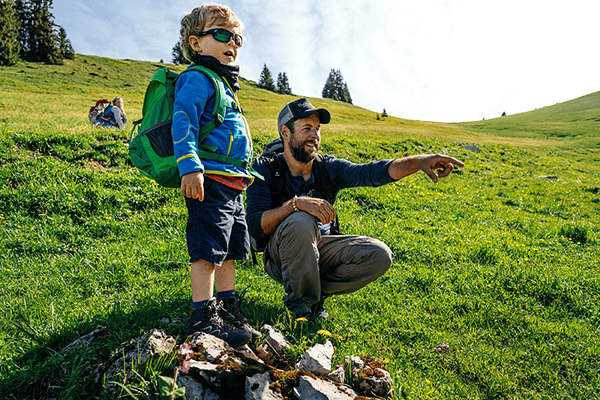 Hiking with childrenMore
Hiking with childrenMore -
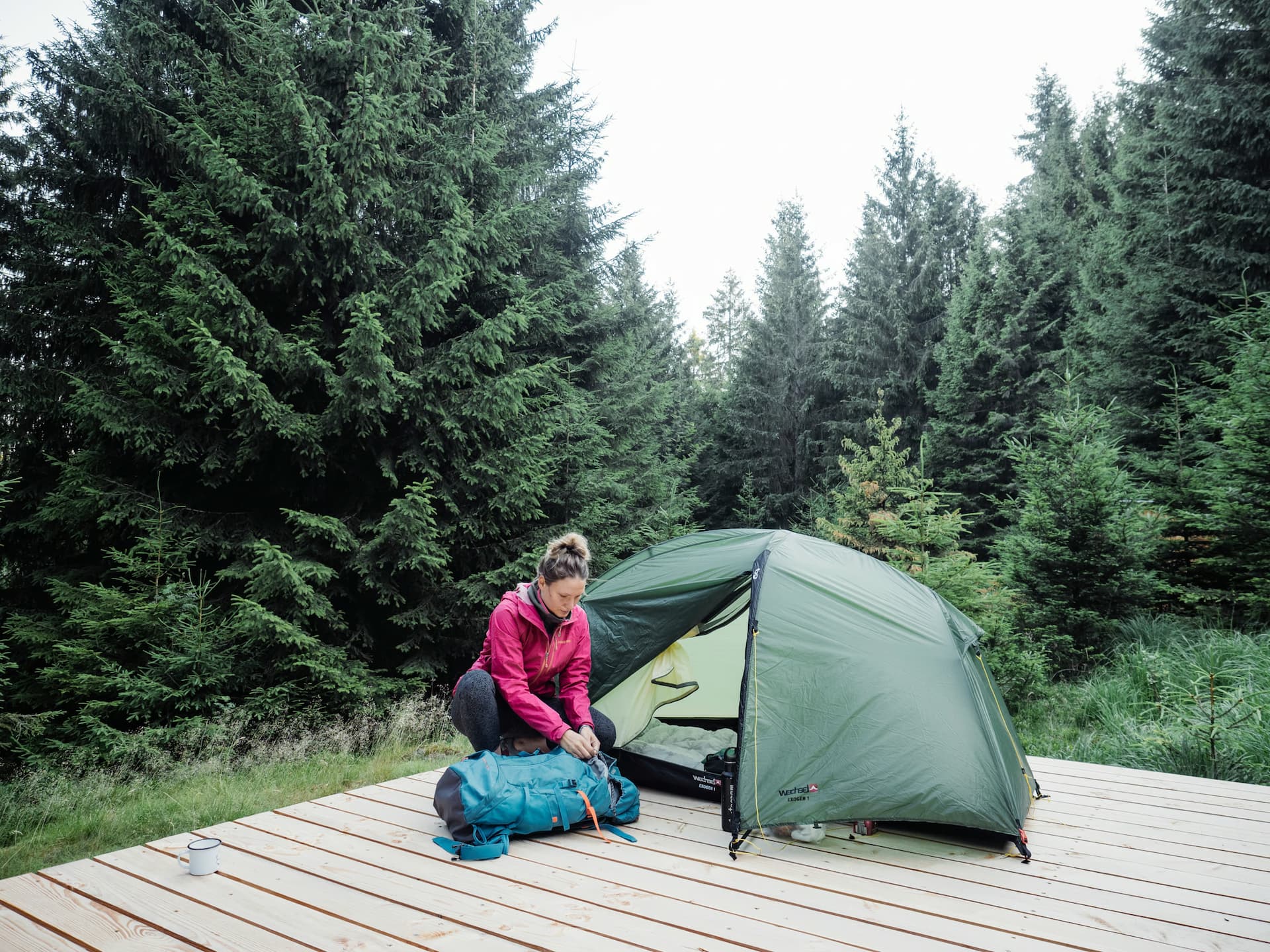 'Wild' camping: Tips for legal trekking in GermanyMore
'Wild' camping: Tips for legal trekking in GermanyMore -
 Great ideas for your snow adventureMore
Great ideas for your snow adventureMore -
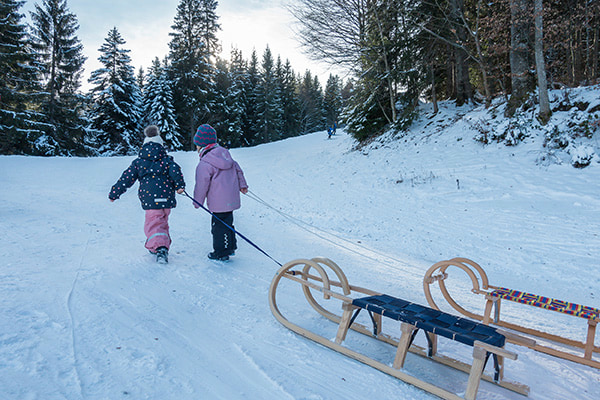 tips for hiking with children in winterMore
tips for hiking with children in winterMore -
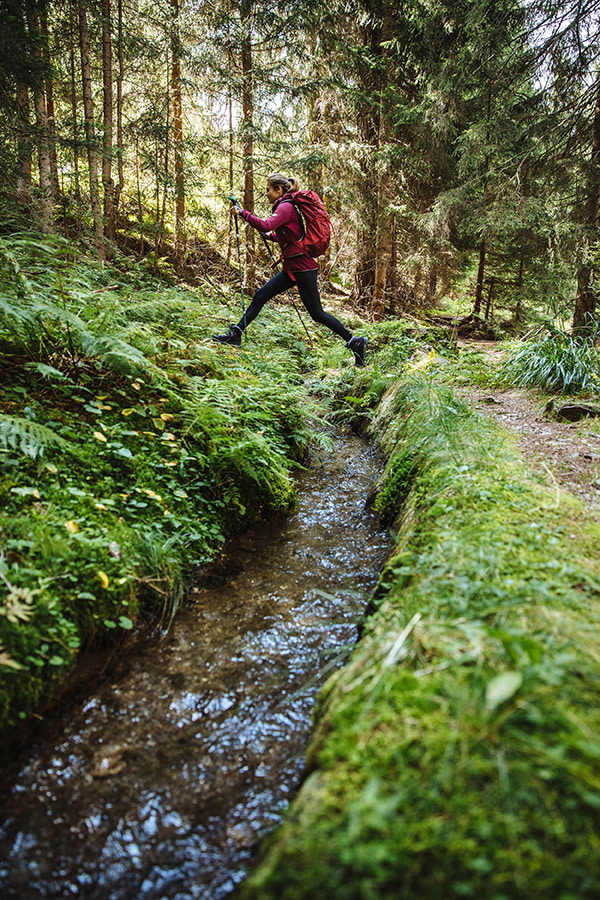 Tips for DIYMore
Tips for DIYMore -
 Tips for preserving biodiversityMore
Tips for preserving biodiversityMore -
 Tips from Digitize The PlanetMore
Tips from Digitize The PlanetMore -
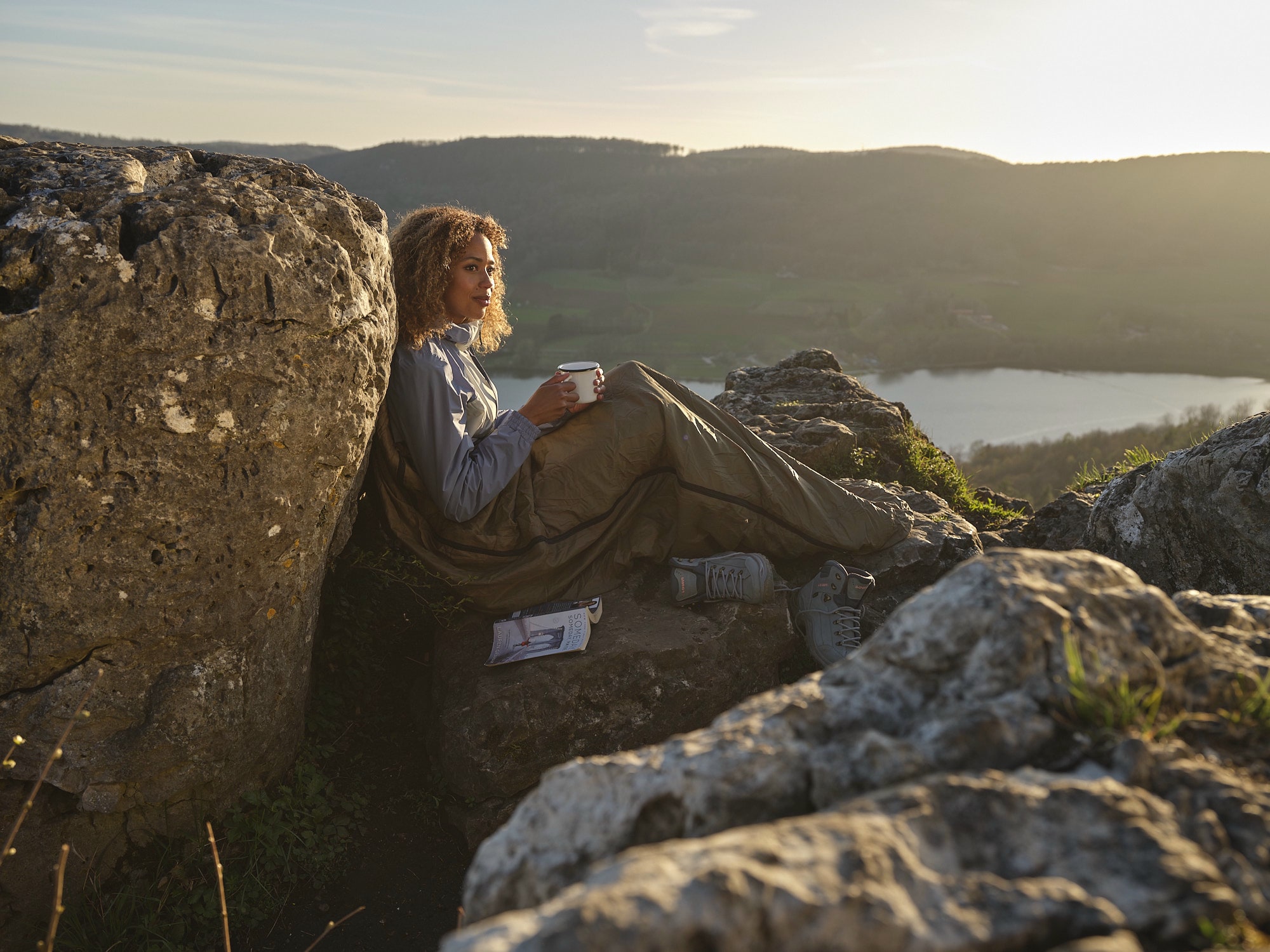 Tips for sleeping outdoorsMore
Tips for sleeping outdoorsMore -
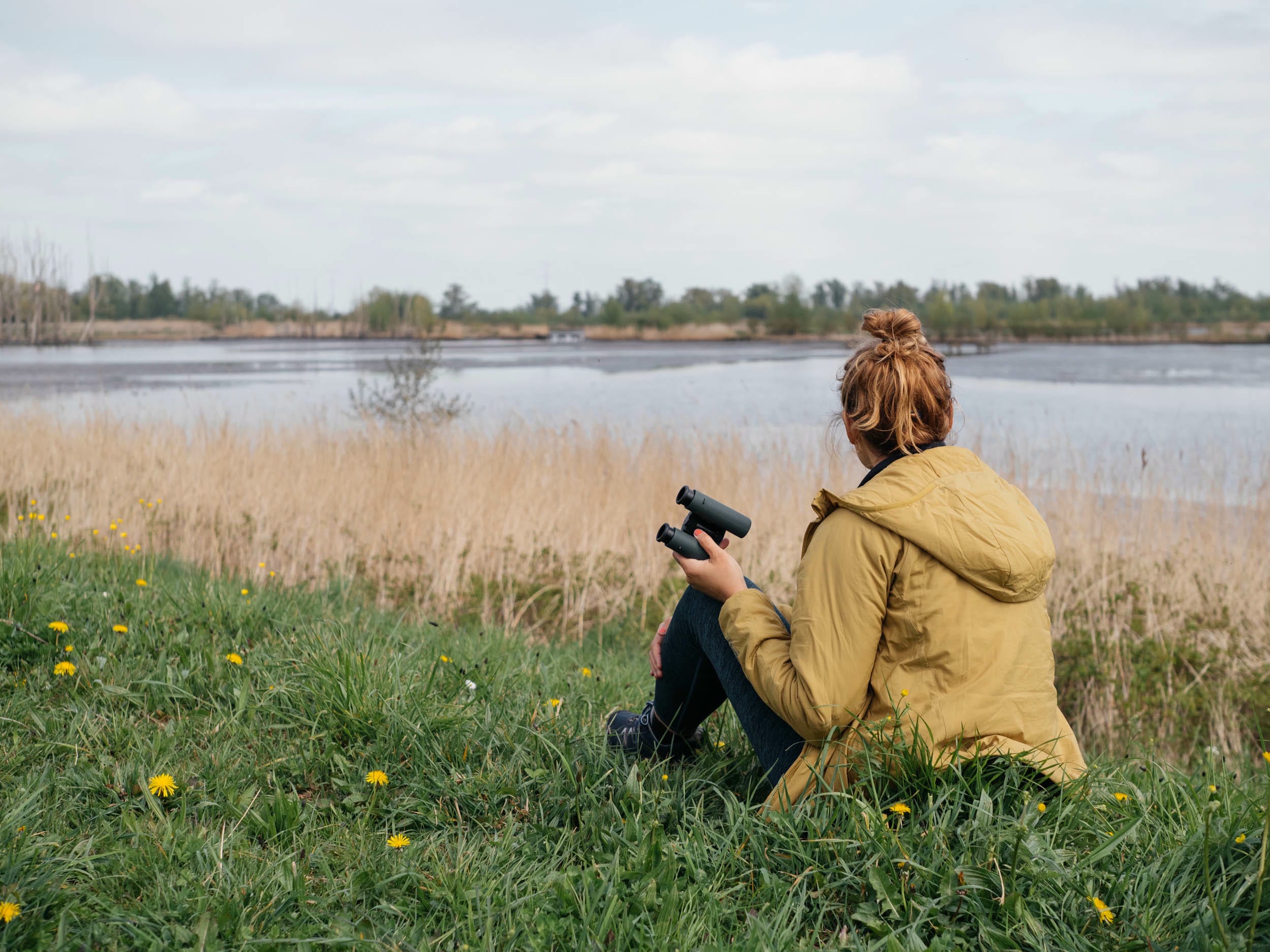 Tips for wildlife observationMore
Tips for wildlife observationMore -
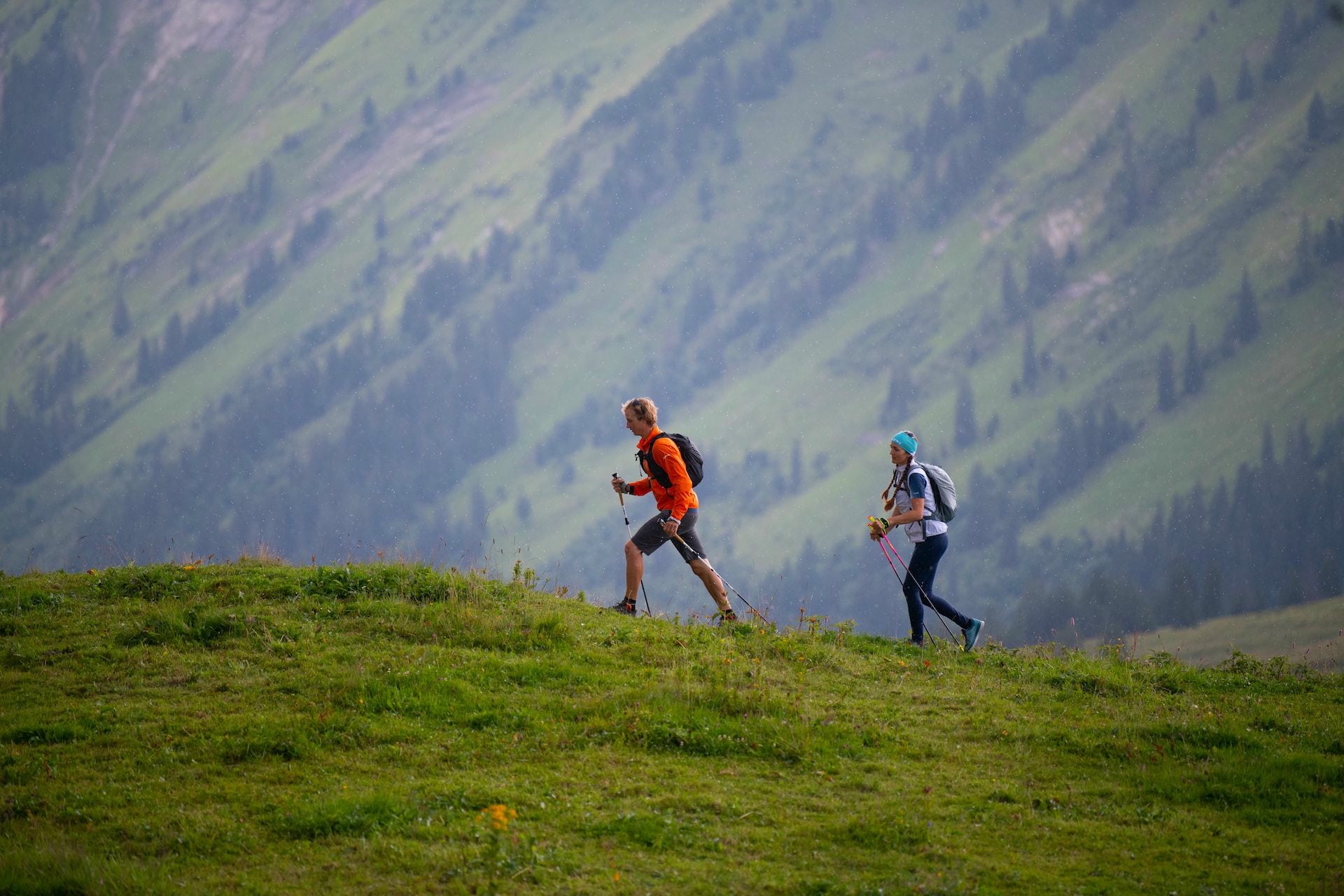 Tips for speed hikingMore
Tips for speed hikingMore -
 Tips for walks through forests and meadowsMore
Tips for walks through forests and meadowsMore -
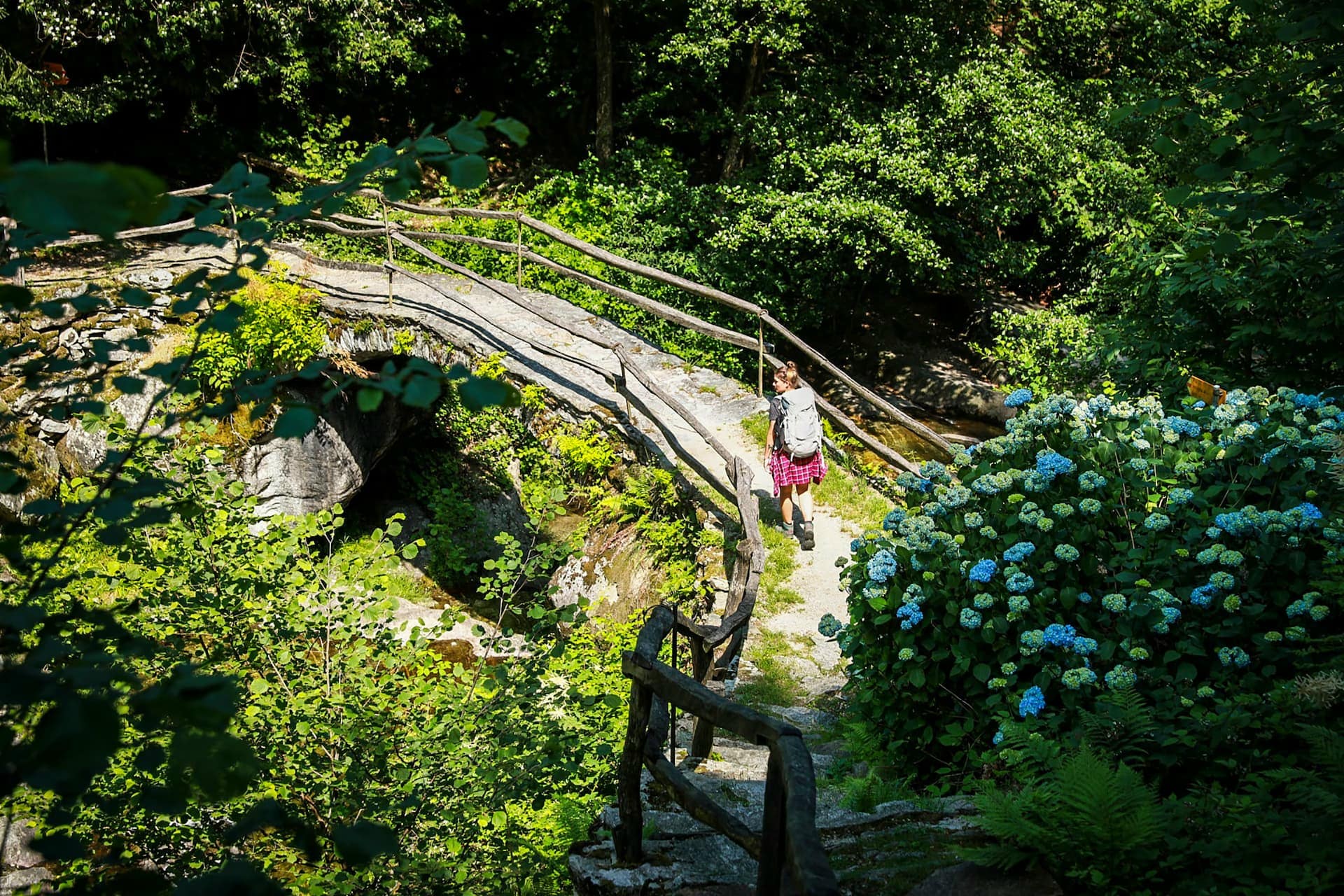 Tips for pilgrimage hikesMore
Tips for pilgrimage hikesMore -
 Tips for hike and fly in winterMore
Tips for hike and fly in winterMore -
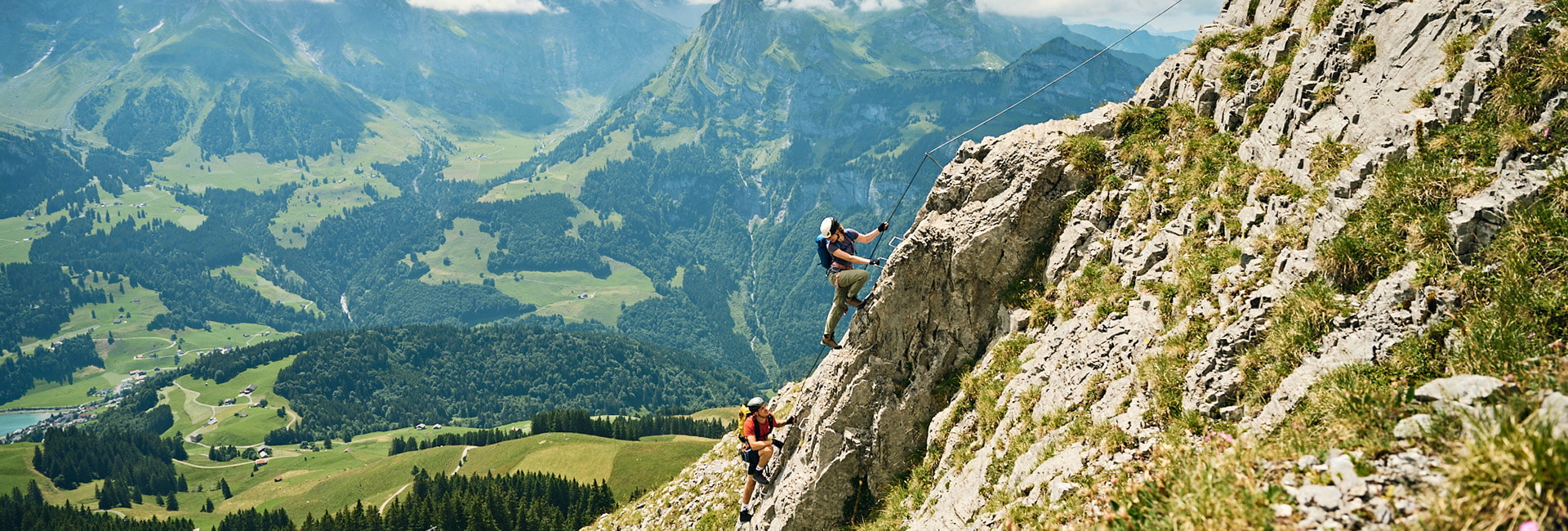 Tips for the via ferrataMore
Tips for the via ferrataMore -
 Tips for your entry into trail runningMore
Tips for your entry into trail runningMore -
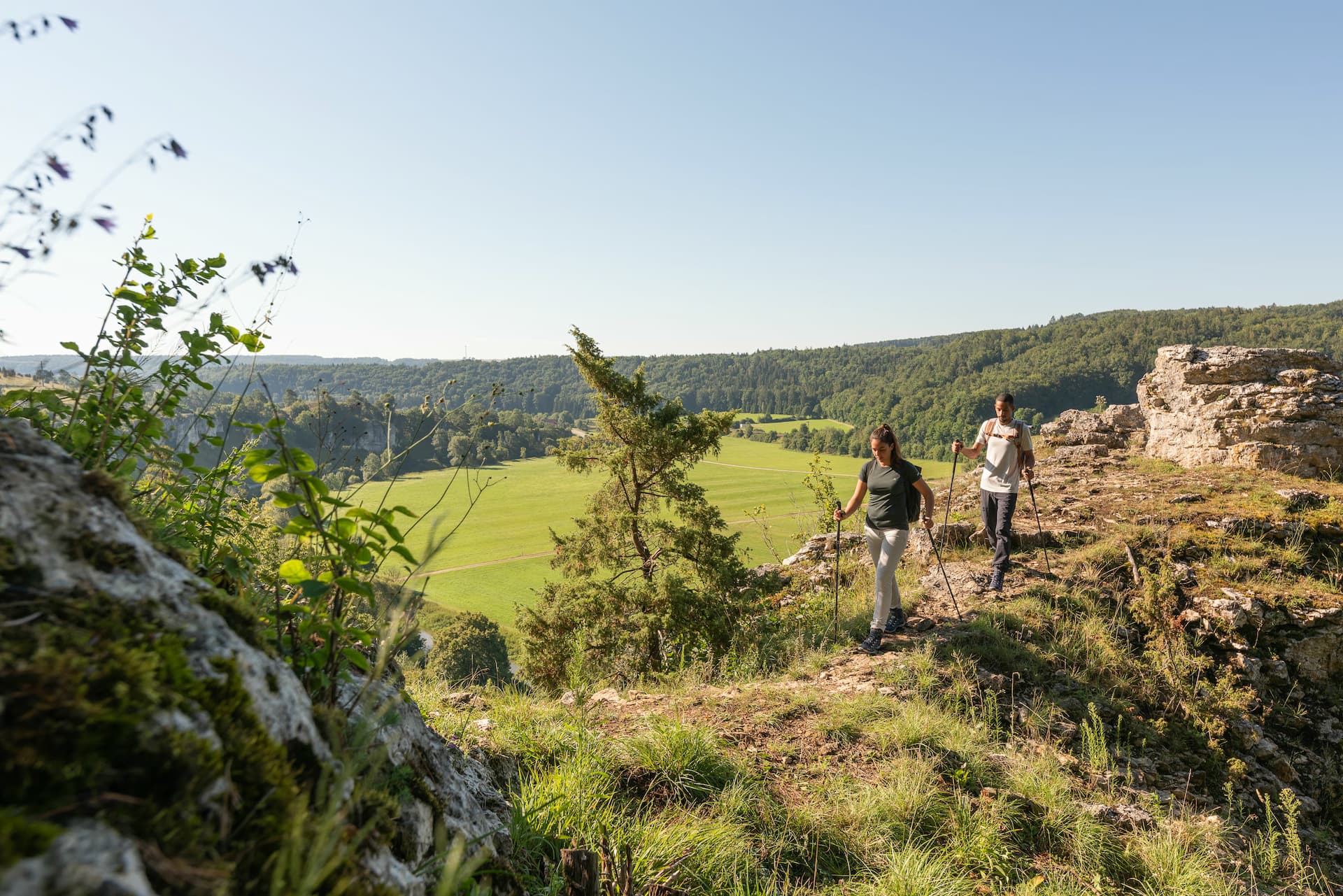 Tips for your mental healthMore
Tips for your mental healthMore -
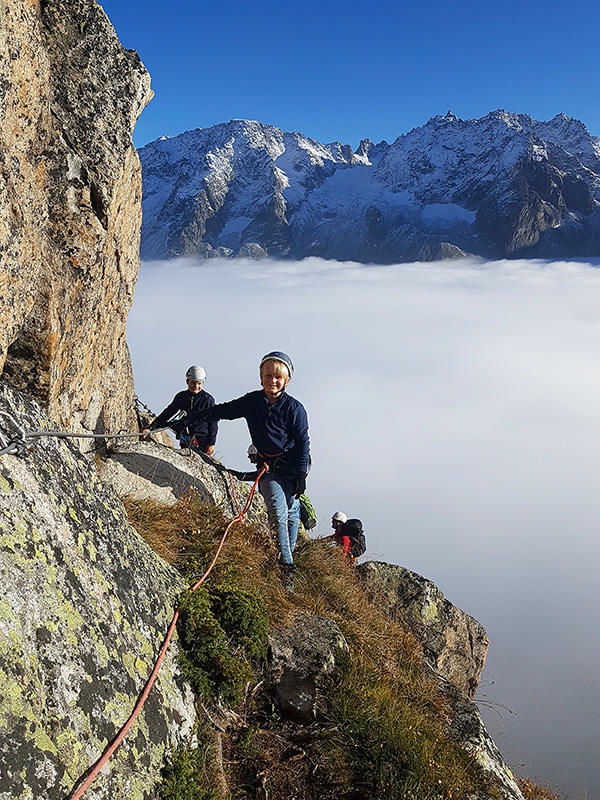 Tips for mountaineering with childrenMore
Tips for mountaineering with childrenMore -
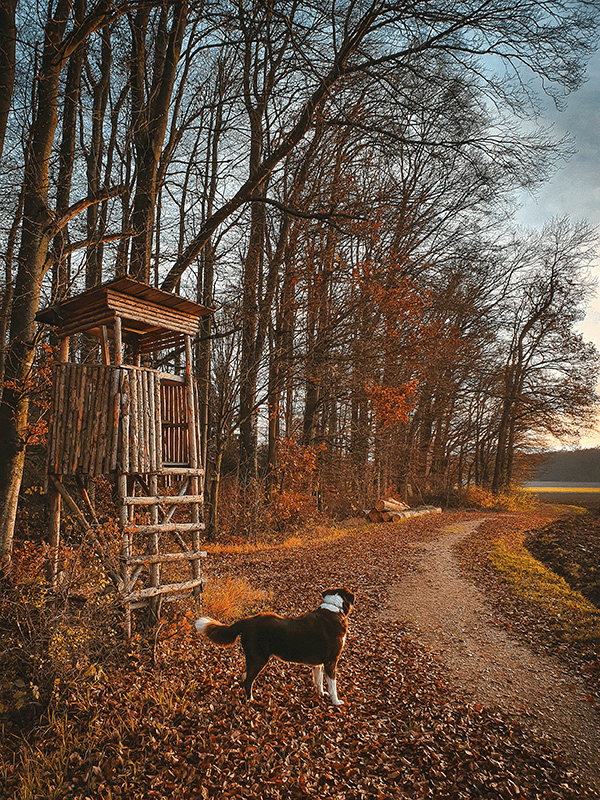 Walks with dogs in autumn and winterMore
Walks with dogs in autumn and winterMore -
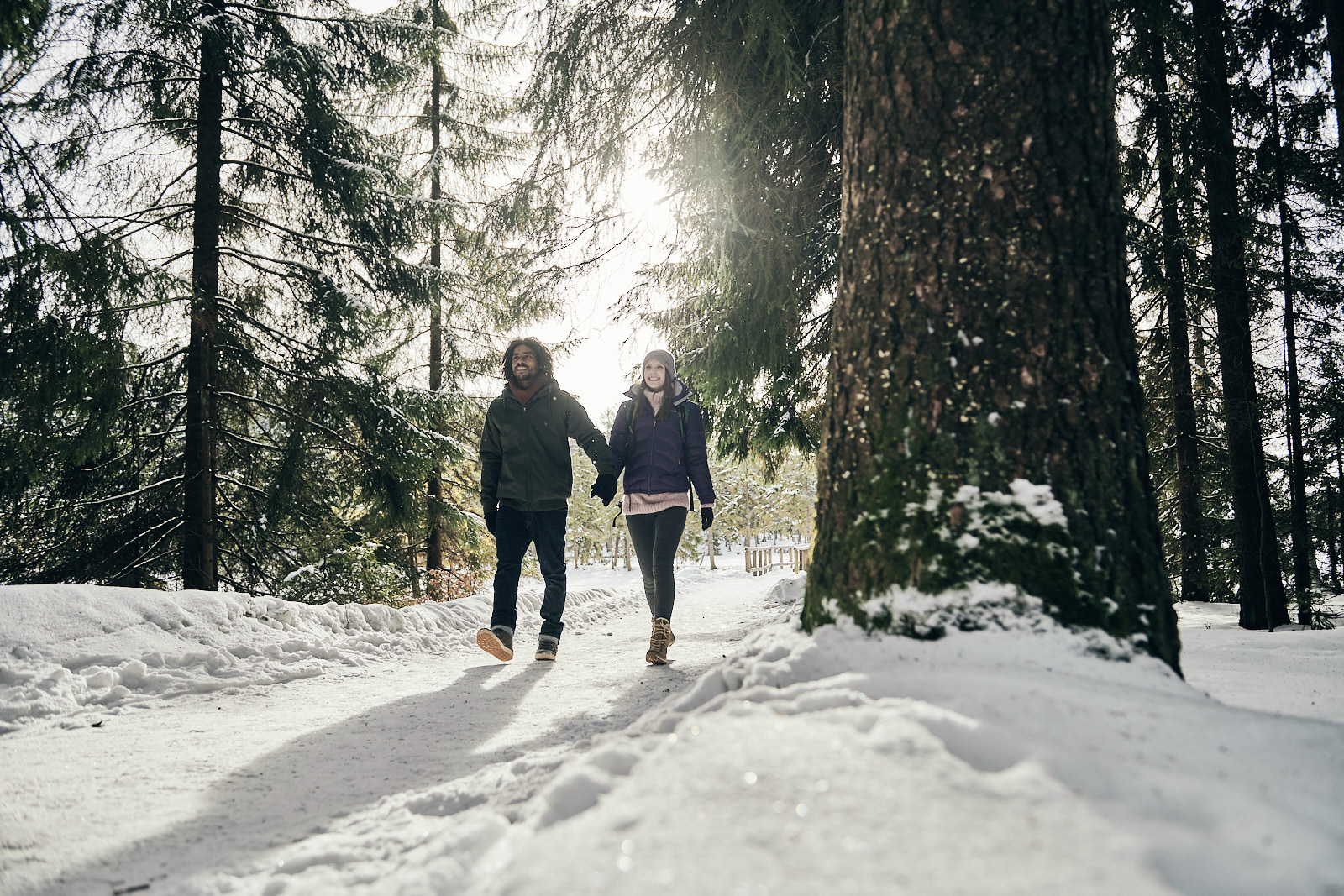 Winter magic walksMore
Winter magic walksMore -
 Safety on the mountainMore
Safety on the mountainMore -
 Shoe hacks for the cold seasonMore
Shoe hacks for the cold seasonMore -
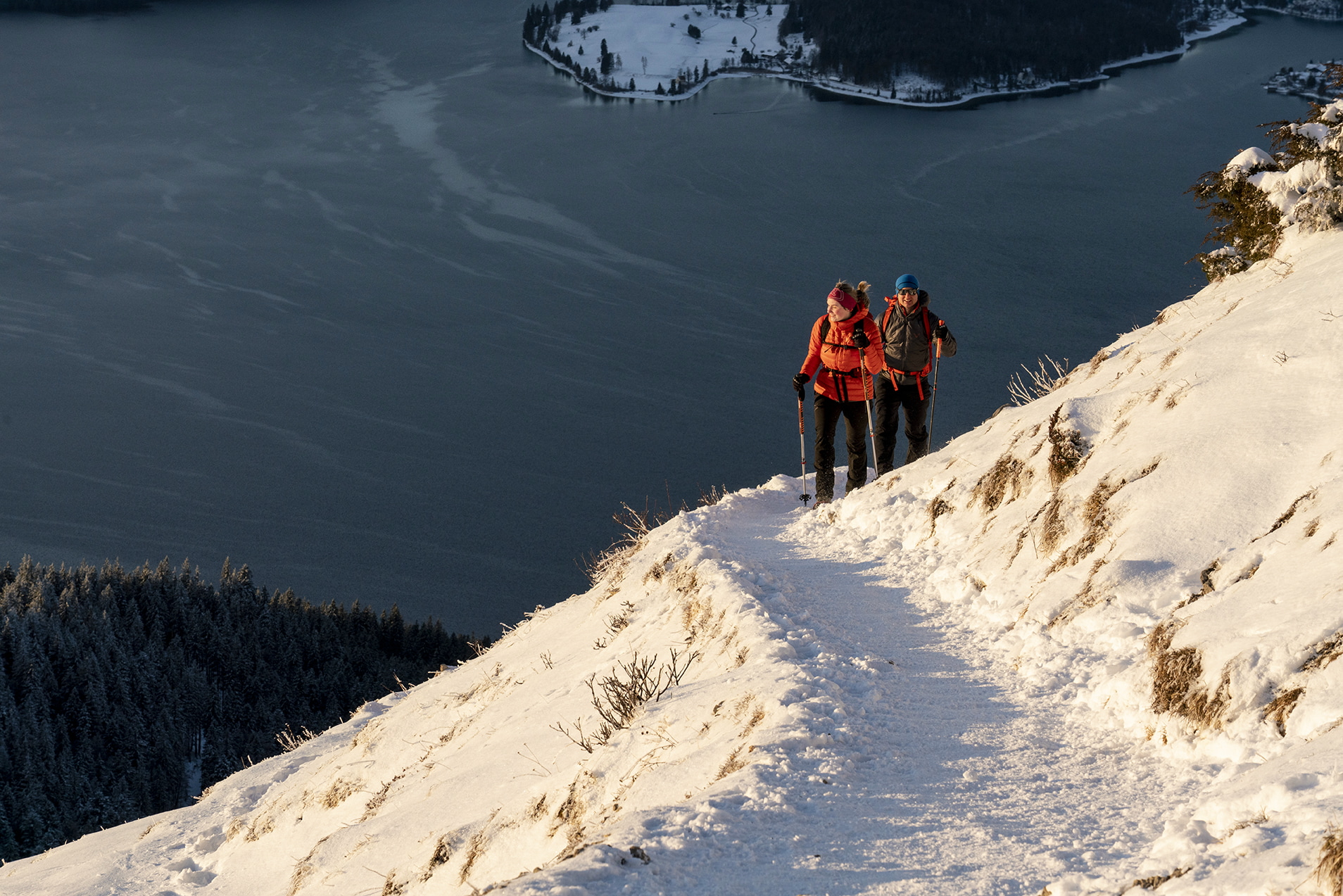 SnowshoeingMore
SnowshoeingMore -
 Rewild your lifeMore
Rewild your lifeMore -
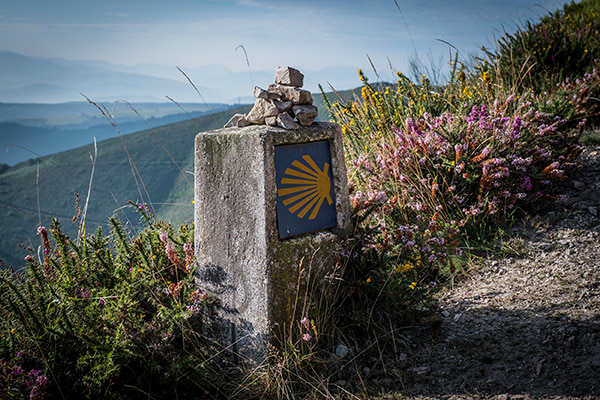 Pilgrimage on the Camino de SantiagoMore
Pilgrimage on the Camino de SantiagoMore -
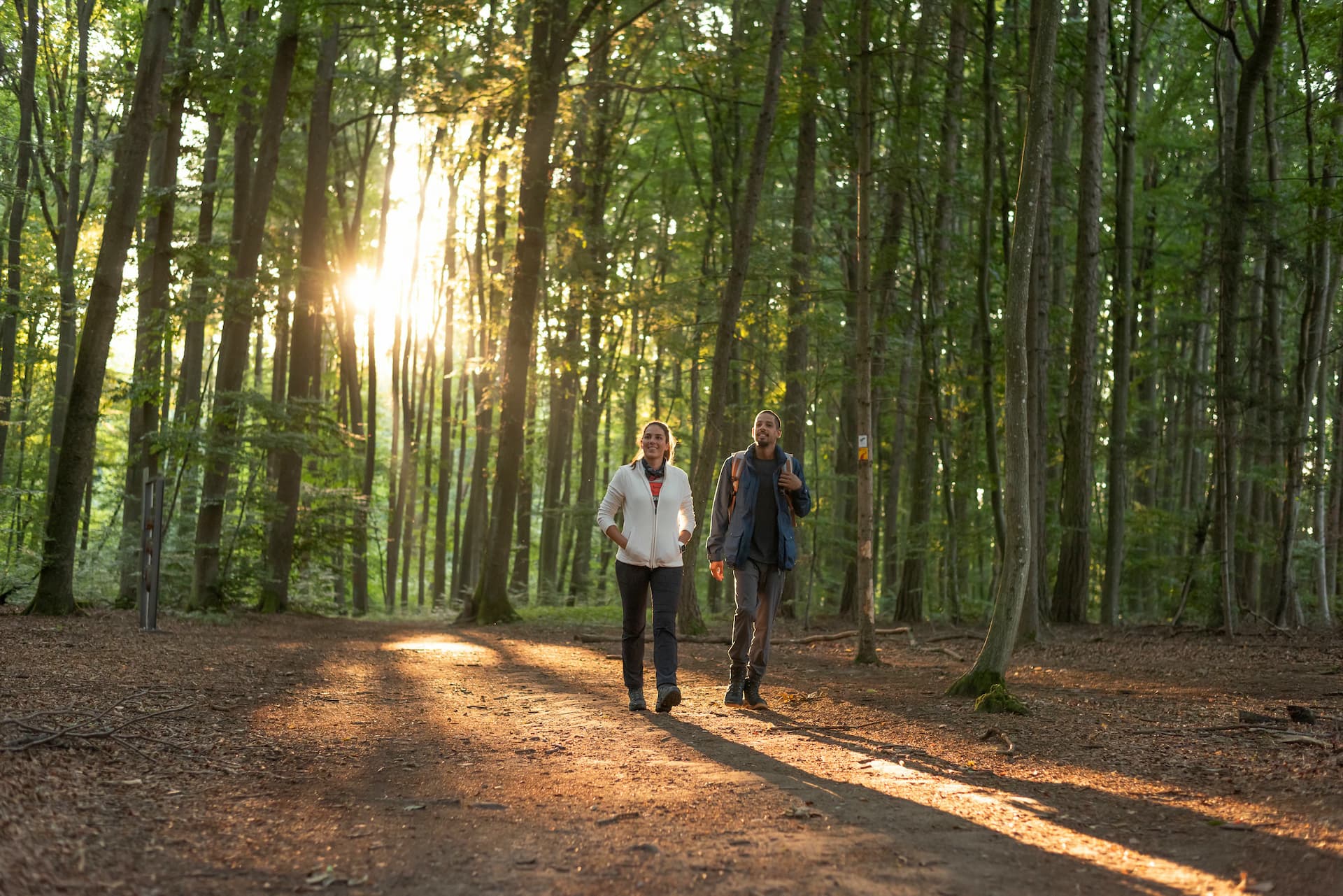 Sustainable hikingMore
Sustainable hikingMore

